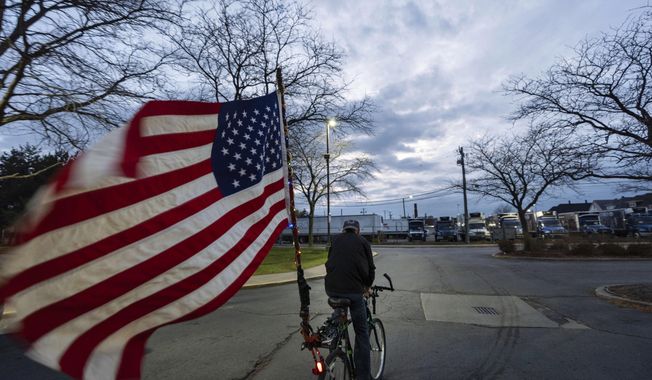
FILE - In this file photo taken on Friday, May 5, 2017, a view of the headquarters of the Organisation for the Prohibition of Chemical Weapons (OPCW), The Hague, Netherlands. Member states of the global chemical weapons watchdog are voicing concern that Syria may still possess such weapons after inspectors discovered traces of what could be a byproduct of a nerve agent or poison gas. In a report tabled Tuesday, July 9, 2019 at the Organization for the Prohibition of Chemical Weapons’ Executive Council, the organization’s director-general says the traces were found late last year at Syria’s Scientific Studies and Research Centre in Barza. (AP Photo/Peter Dejong, File)
Featured Photo Galleries

Trump Transition: Here are the people Trump has picked for key positions so far
President-elect Donald Trump has announced a flurry of picks for his incoming administration. Get full coverage of the Trump transition from The Washingon Times.

Trump dances onstage, takes post-election nation by storm
President-elect Trump dances onstage












